Exploring Normandy Beaches: A Journey Through WWII Landmarks
If you have an interest in WWII history, a bucket list trip should be to the beaches of Normandy. We made our own trek to this area recently and were humbled by the historical sites of WWII that we witnessed. The day we visited was stormy, just like June 6, 1944.
For the first timer, and if you’re on a timeline, the best route is to go with a guide. The local town of Bayeux, France is a great starting point, with many of the tour companies that pick up in the town. There are choices for large and small group tours, as well as private tours, depending on the budget. Since this was such a bucket list for us, we splurged on the private day long tour. No matter the tour, be sure it includes a stop at the end of the day at the American cemetery in Normandy.
Sainte-Mare-Eglise
Start in the town of Sainte-Mare-Eglise. This was one of the first towns liberated by the Americans on June 6, 1944.
Look closely at the back of the church tower to see a replica of one of the American paratroopers who landed on D-Day. This paratrooper was John Steele, a member of the 82nd Airborne Division. He landed on the 12th-century church early that morning. Steele avoided being shot by playing dead. He eventually cut himself free, only to be captured by the Germans. However, he later escaped, survived the war, and returned to the site 20 years later to mark the D-Day anniversary.
The town of Sainte-Mare-Eglise was founded in the 11th century. The “Church of Saint Mary,” was built around that time. The church stood through WWII as this area was heavily occupied for 4 years. Services are still performed today. The church is small, but beautiful inside.
There are two notable stained glass windows in the church. They represent Saint Michel (as in Mt St Michel) who became the Archangel of the WWII paratroopers that landed in this area, and were able to liberate Normandy. On the left below is Archangel Saint Michel and on the right is a window created by Americans for the church following the war. It symbolizes the victory here with the Archangel looking over the troops. The stained glass windows were very beautiful in person.
Right across the square from the church is the Airborne Museum. It's definitely worth a visit, as it's curated exceptionally well, detailing all the airborne machinery used to fight the war in this part of France. It is dedicated to the brave paratroopers in the 82nd and 101st American divisions of WWII.
There are 5 pavilions that make up the museum, each dedicated to a specific piece of the aviation history here. The C-47 pavilion is recently updated with beautiful displays and interactive stops. Centered in the building is the C-47, the most widely used plane in this part of WWII.
The next building “Operation Neptune” is a simulator where the visitor walks through a nigh time embarkation of a C-47. It was so engrossing, I forgot to take any pictures!
The WACO building houses the gliders of the same name. We learned that there were over 500 of these gliders used on D-day, bringing vehicles and supplies as reinforcements for the troops as the landings were made. The gliders were largely made by Ford, in Michigan, USA.
We spent about 90 minutes in the museum. We could have spent even more time, but got a good overview. It was a great set up of education prior to heading out to the beaches of Normandy.
A Charming French Town
Today, with so much history here, the small town of Saint-Mare-Eglise is charming with shops and great little cafes. Everything is within walking distance to the museum and the historical sites. On this day, our guide took us to this cafe where we enjoyed a delicious traditional French lunch before heading off to the beaches.
Be sure to make time for the town of Saint-Mare-Eglise in your trip to the Normandy Beaches.
Utah Beach
It’s not possible to see all 5 beaches in one day, so many tours focus on the big beaches where the Americans landed on D-Day. Our first beach stop was Utah.
This was the first beach landing. Because of the currents, this was not the precise landing point planned. At the direction of Teddy Roosevelt Jr, who was leading the effort, he famously said, “We’ll start the war from right here.” It was a successful landing and liberation early on the morning of June 6. Only 175 soldiers landed originally. Their big mission was successful in destroying German communications. They did have help, however, from French resistance that had grown widely in the area.
Below is a bunker used by the German army. We were surprised with the massive level of infrastructure that was developed in this area by the German army in 1940-1944.
If you’ve watched any movies or documentaries about WWII, you most likely saw this interesting looking boat. They are called, LCV (landing craft vehicles) or Higgins Boats named after the man that created them, Andrew Higgins. They were made in the city of New Orleans in the US. I can’t imagine being on the rough seas in these open air boats, attempting to land on the beach, to begin fighting.
Pointe du Hoc
The most stunning stop of the beach landings is La Pointe du Hoc on Omaha Beach. This is where the American Rangers landed, stunning the Nazi Germans on the morning of June 6th. There were only 150 Germans stationed here. The cliffs made it seemingly impossible to attack this point.
Despite heavy casualties and disarray, small groups of American soldiers advanced, clearing obstacles and fighting their way up the bluffs. By the end of the day, they secured a foothold on the beach, which was crucial for the success of the Normandy invasion.
On the way to the cliff overlook, the trail winds around bomb craters from both airplanes and ships. You can’t imagine being here as these bombs went off.
At the end of the point, notice the simple granite monument. It signifies the tool that the troops had to use to carve out their own “steps” while scaling the 100 foot cliffs. It’s unimaginable that the soldiers climbed these treacherous cliffs, carrying heavy packs, in the rain, while having to carve out their own path.
Omaha Beach
This is the most famous of all the beaches. On June 6, 1944, Omaha Beach, was one of the principal landing sites for the Allied invasion of German-occupied Western Europe during World War II. The amphibious phase, of D-day, was code named “Operation Neptune.”
The attack began in the early hours with a massive naval bombardment. However, many of the bombs and shells missed their targets, leaving German fortifications largely intact. Chaos and heavy casualties ensued as the rough seas and strong currents scattered the landing craft, causing units to land in disarray far from their designated sectors. Despite these challenges, small groups of soldiers managed to advance, using natural cover and sheer determination. Engineers worked under fire to clear obstacles and mines, while infantrymen slowly fought their way up the bluffs.
By the end of the day, despite suffering over 2,000 casualties, the American forces had secured a tenuous foothold on Omaha Beach. This victory was crucial in the larger context of the Normandy invasion.
The skies were dark and there was a bit of rain on this day. Still, we can’t imagine what all the battling might looked like 80 years ago.
The American Cemetery
A stop at the American Cemetery completes the day. Here 9,388 Americans are buried, including 4 women. While it’s not technically American soil, this cemetery and memorial are maintained by Americans. It is very moving and exceptionally well kept. If you remember the movie, “Saving Private Ryan,” it was based on fact that, two of 3 brothers were killed in action. The two brothers are buried in the cemetery side-by-side.
During our visit they were preparing for D-day 80th anniversary commemoration, so much of the cemetery was inaccessible. At this time, the entire area, from Bayeux to Caen, to every beach, was preparing for an anniversary event. Dignitaries from the US, Canada, England and France were all scheduled to participate.
Most tours end at the cemetery for a reason. That is because “Taps” is played here every evening at 5PM, while the flag is lowered. It is the most moving part of visiting this cemetery, allowing the visitor time to reflect on all that was given for the freedom so many have today.
German Cemetery
One of the unexpected stops of the day was visiting the German Cemetery in Normandy. Here, 21,000 German soldiers from WWII are buried, with each grave holding two soldiers. In contrast to the stunning American cemetery, the German burial site is very humble. Many of these soldiers, many still teenagers, died between June and August 1944 in France.
It was a most memorable day on the historic beaches of Normandy. We were moved by how much gratitude, even 80 years later, this part of France has for the US and all the allies of WWII. We learned a lot and came away with a greater appreciation of the freedom that was valiantly fought for, ultimately liberating this part of France on June 6, 1944.
























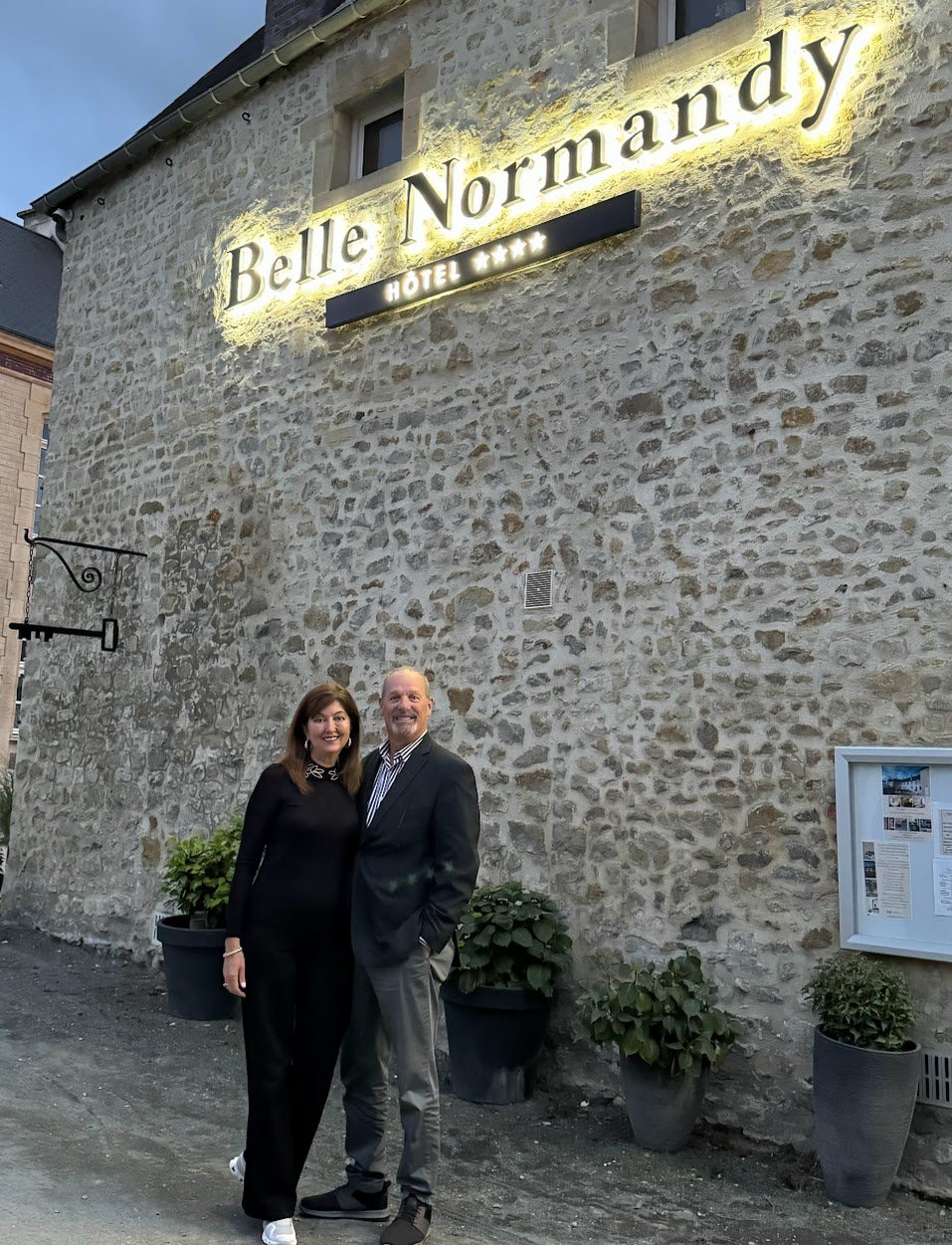
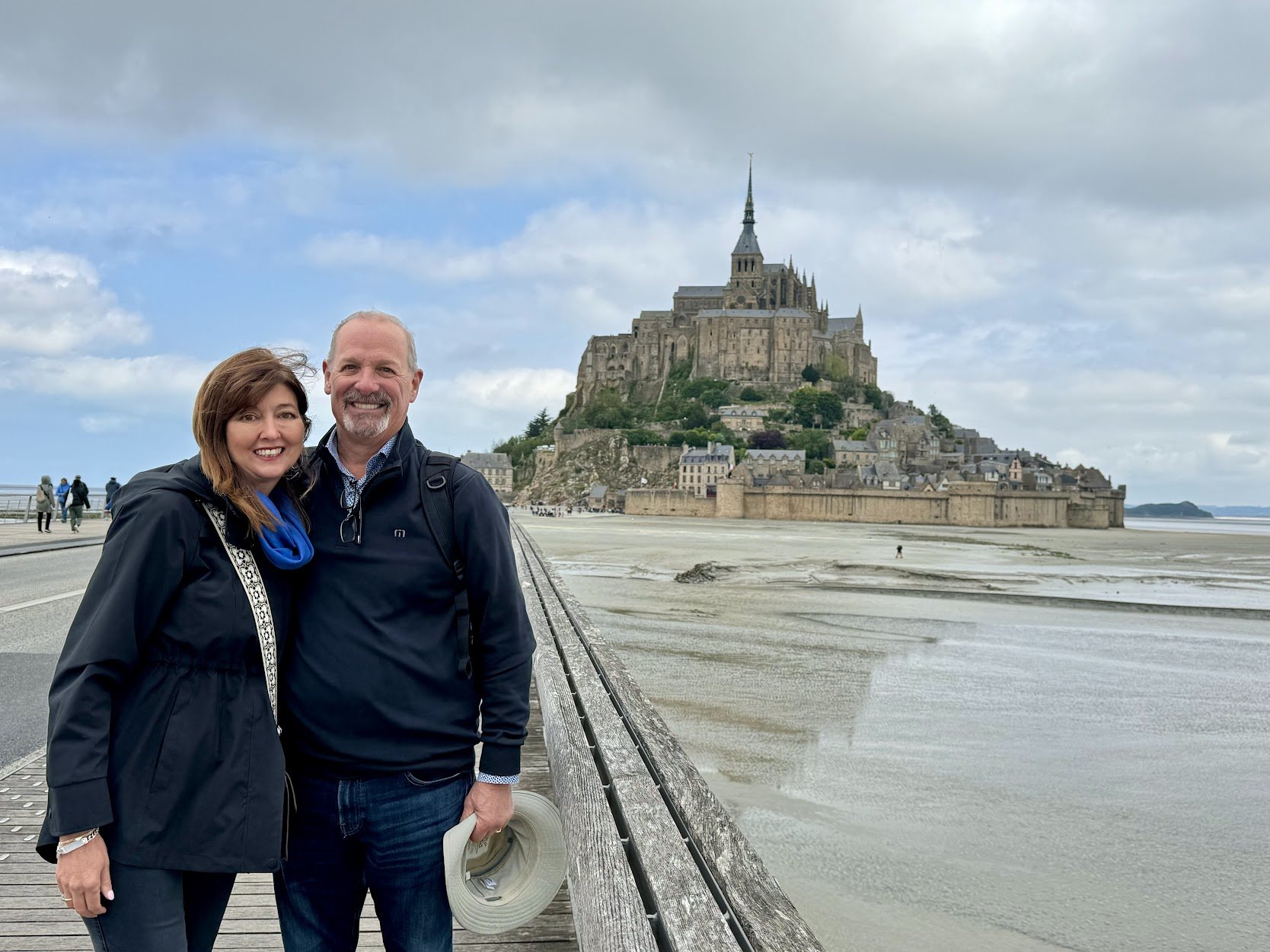

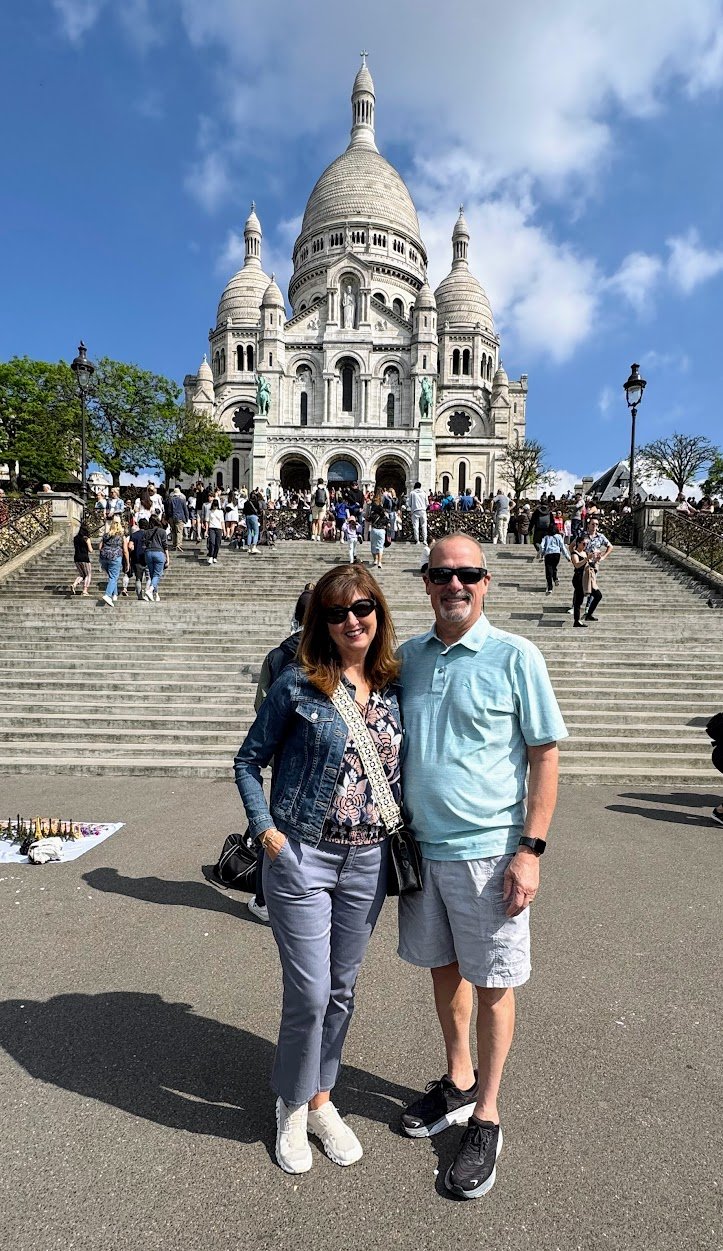

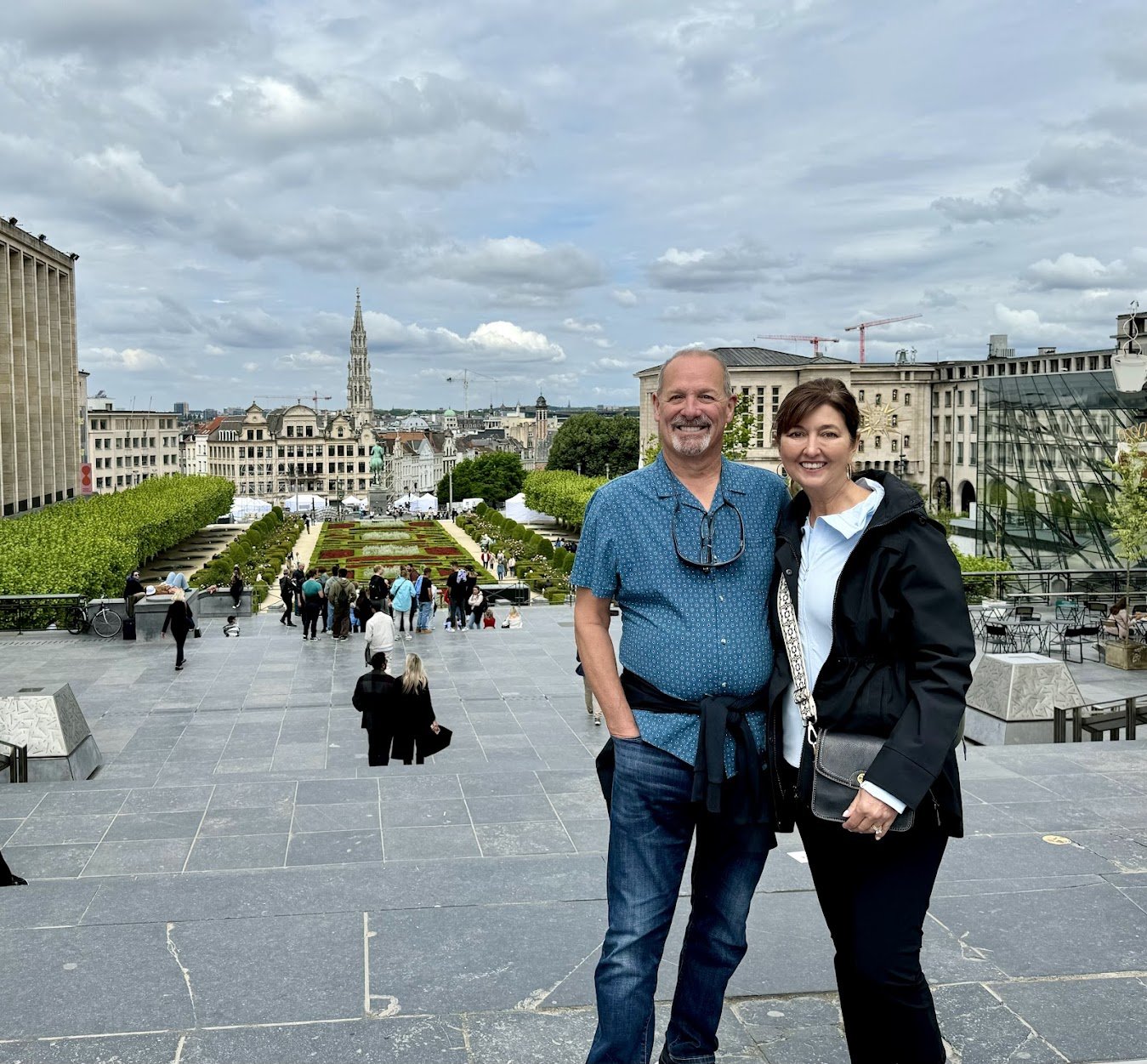
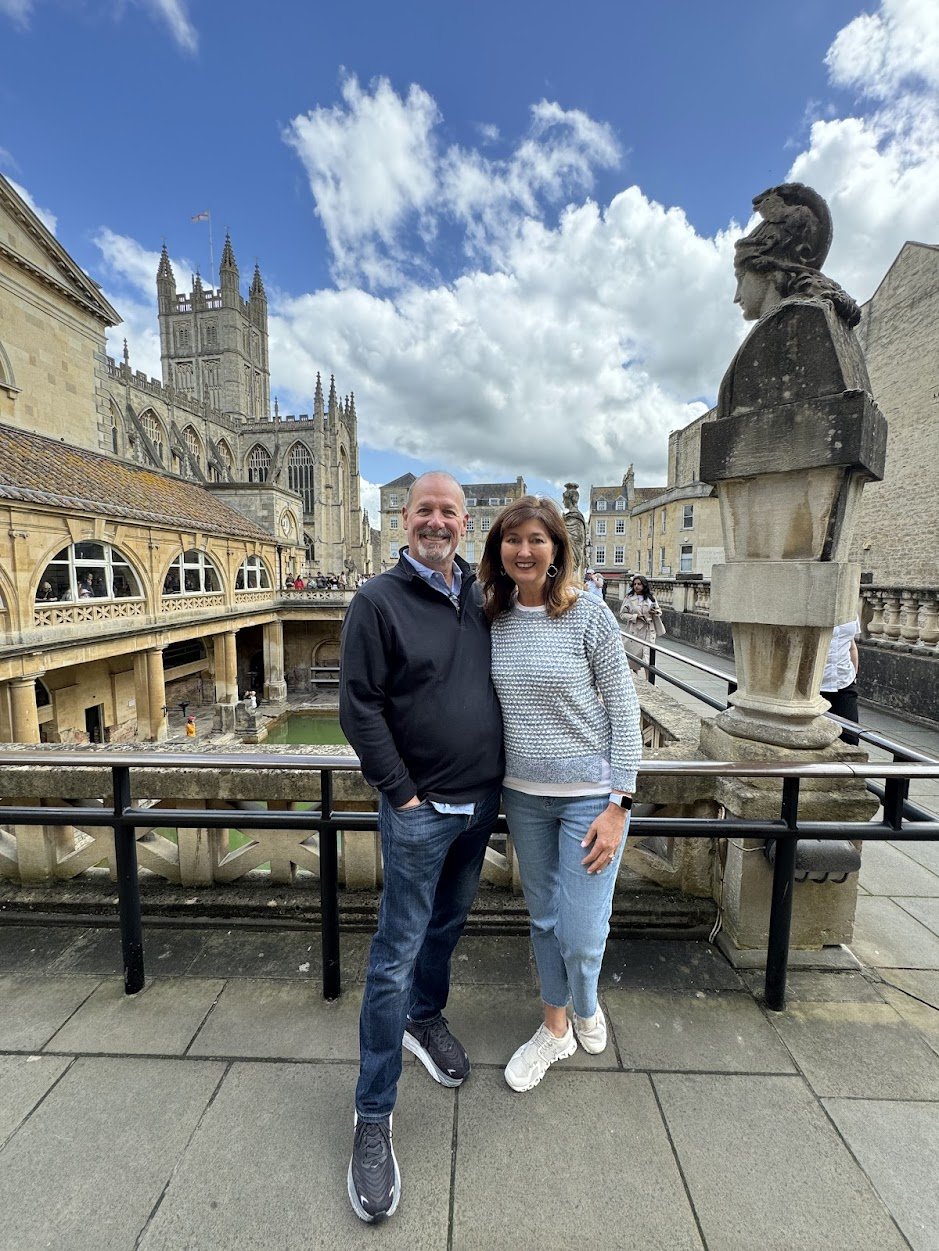
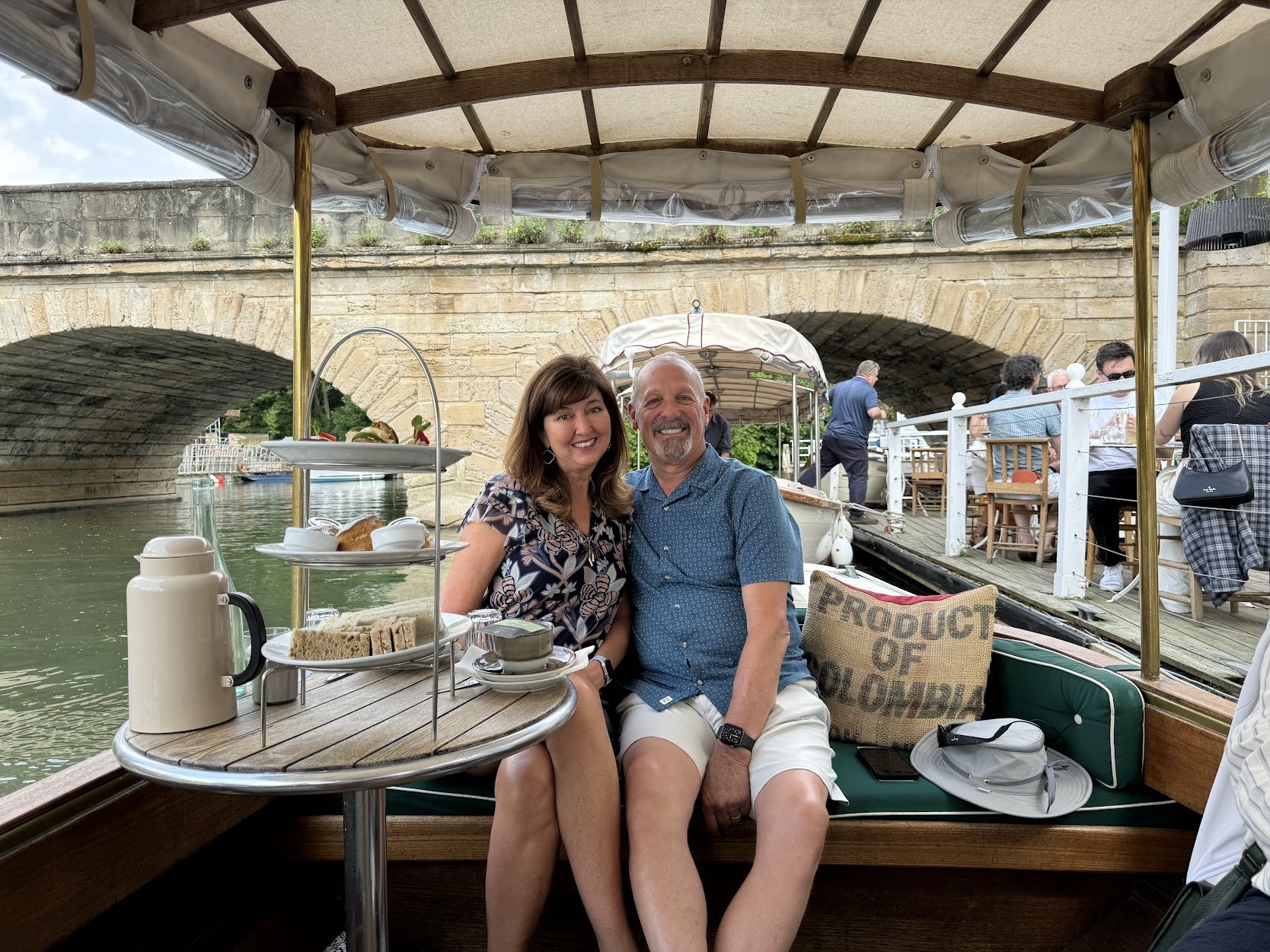
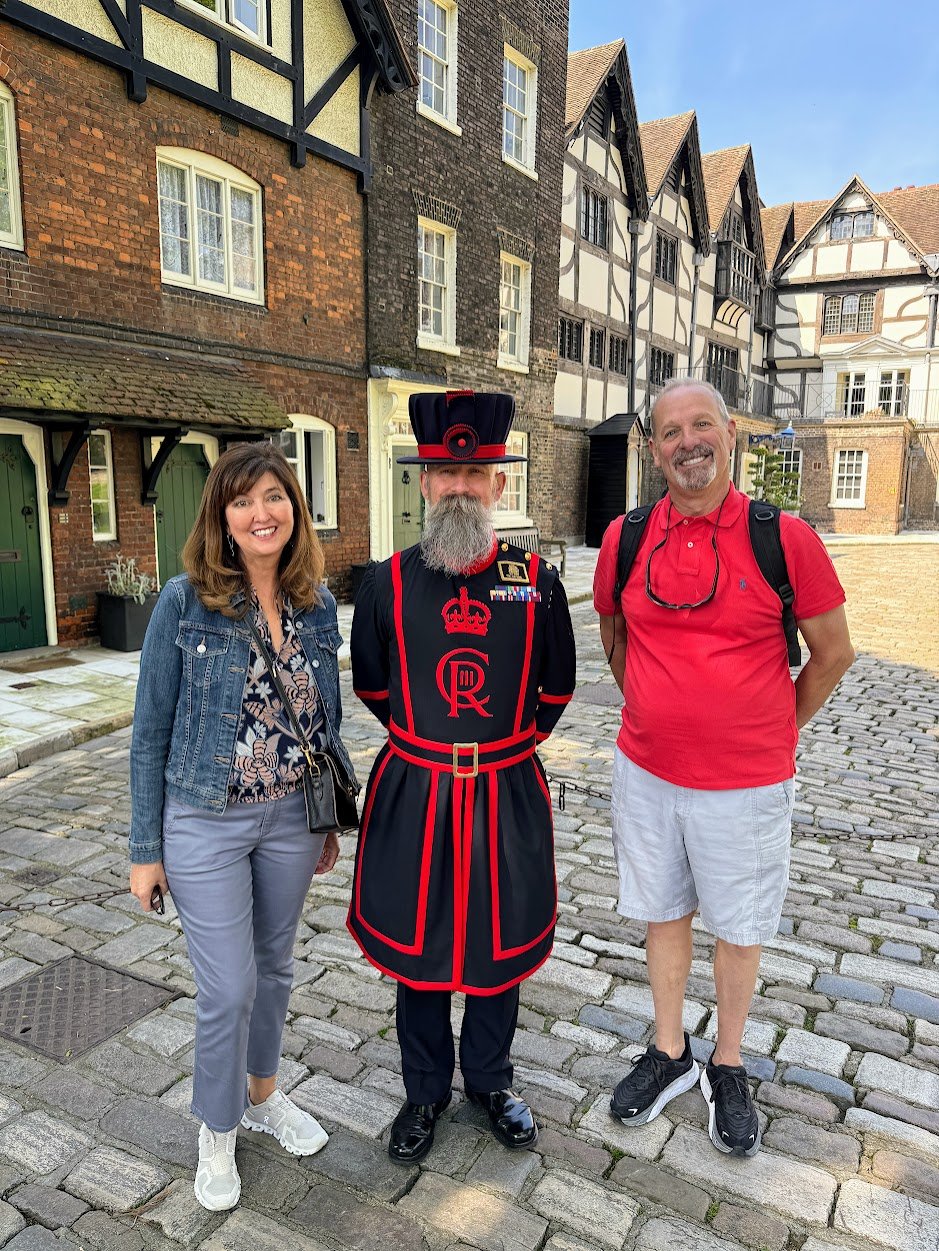
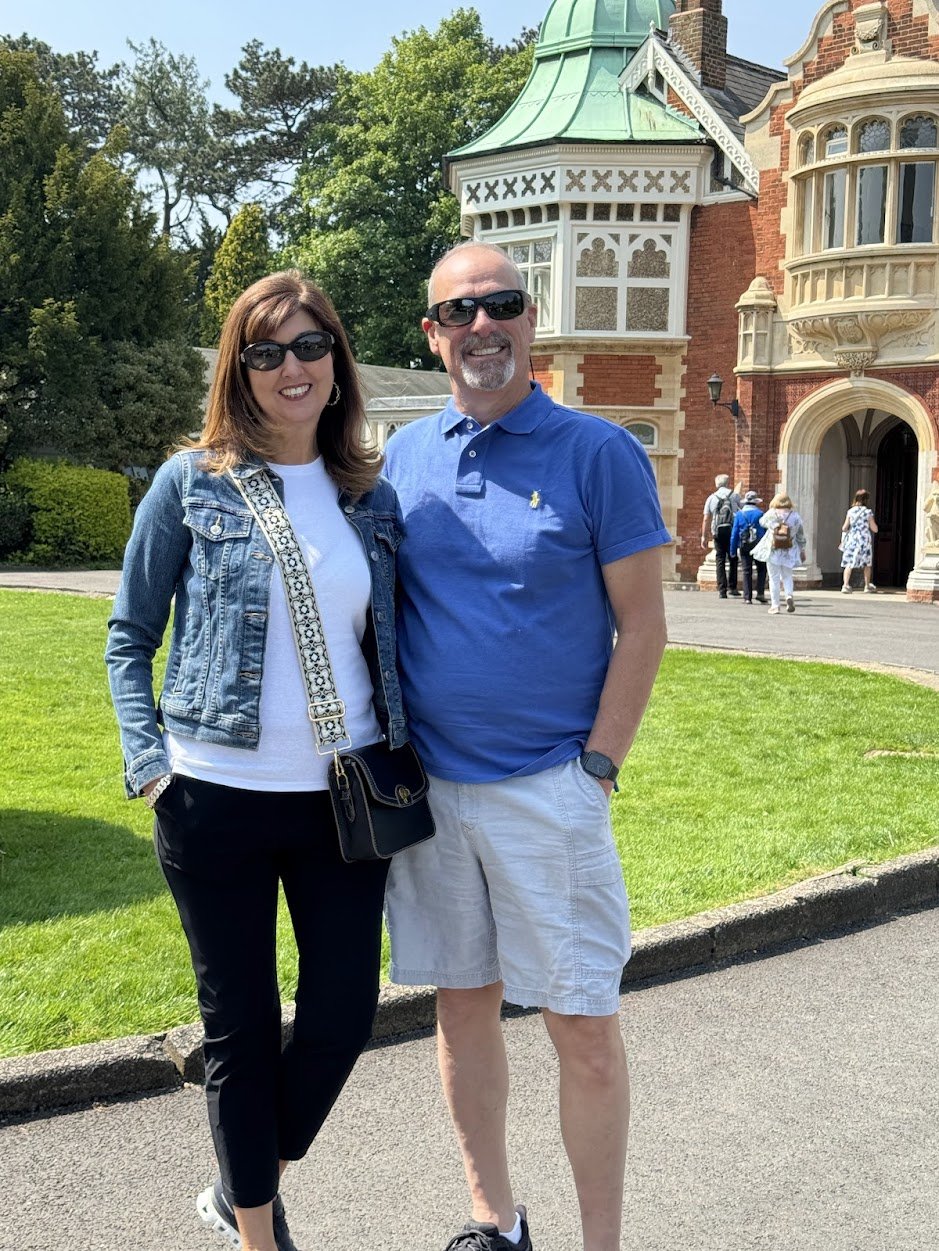
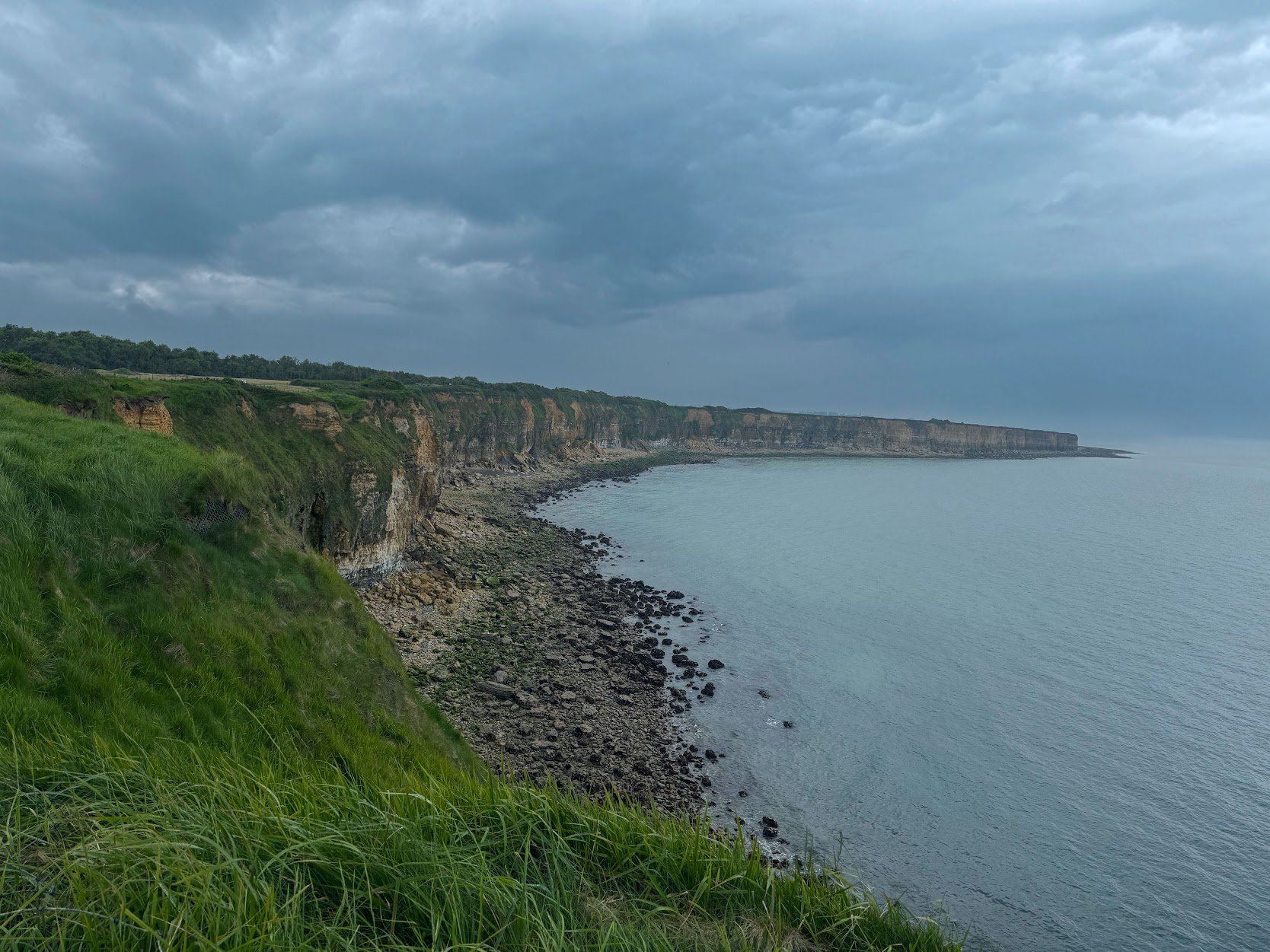

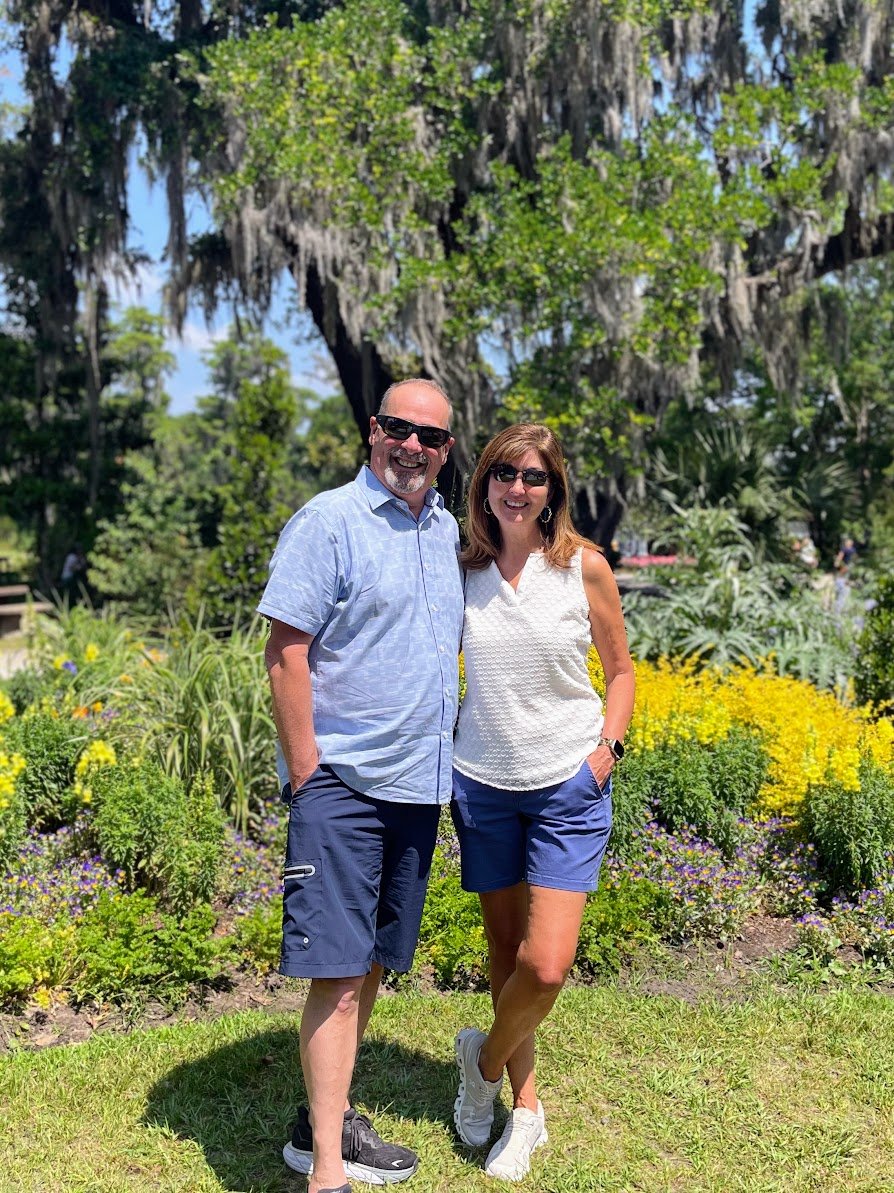
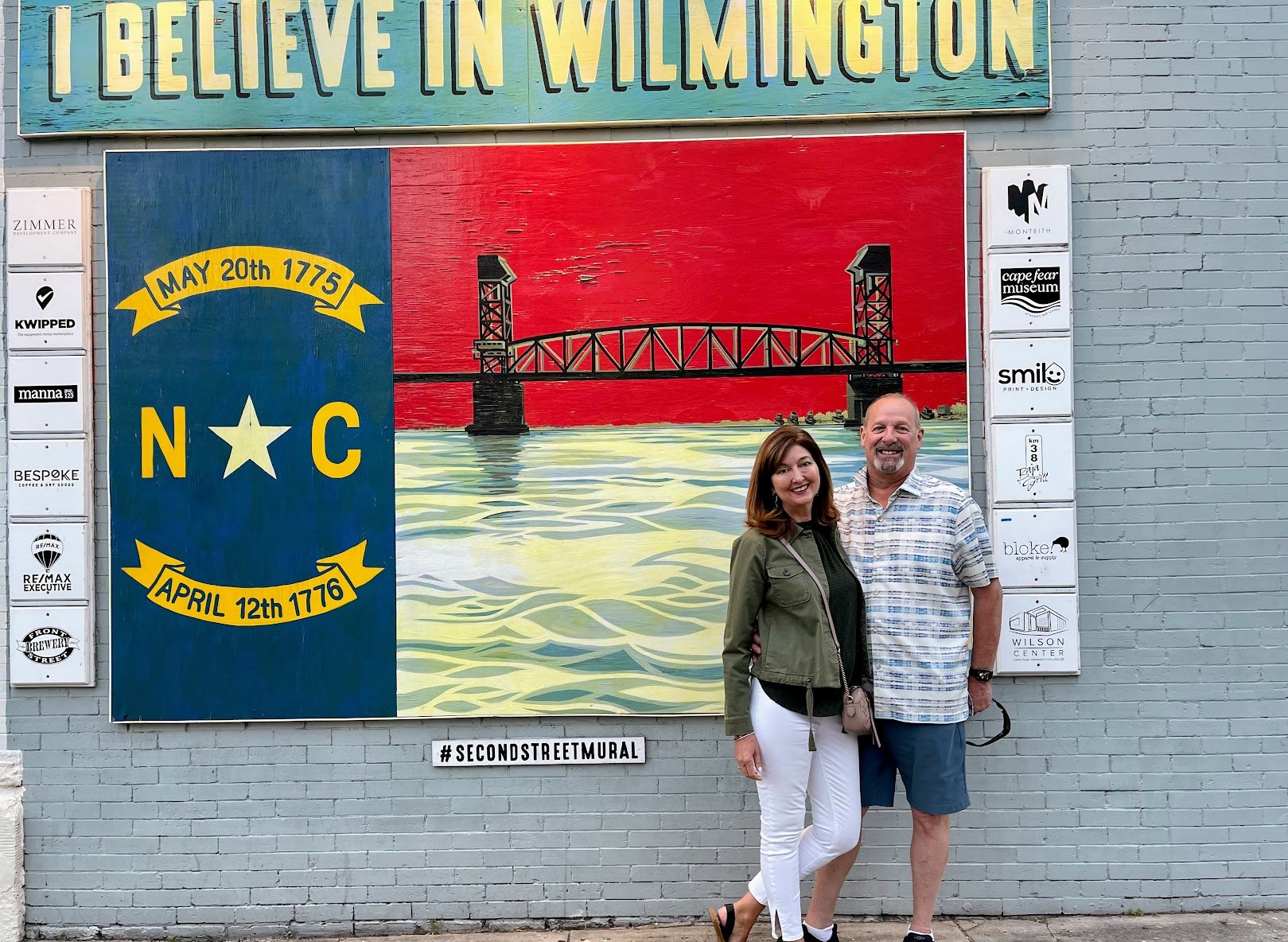
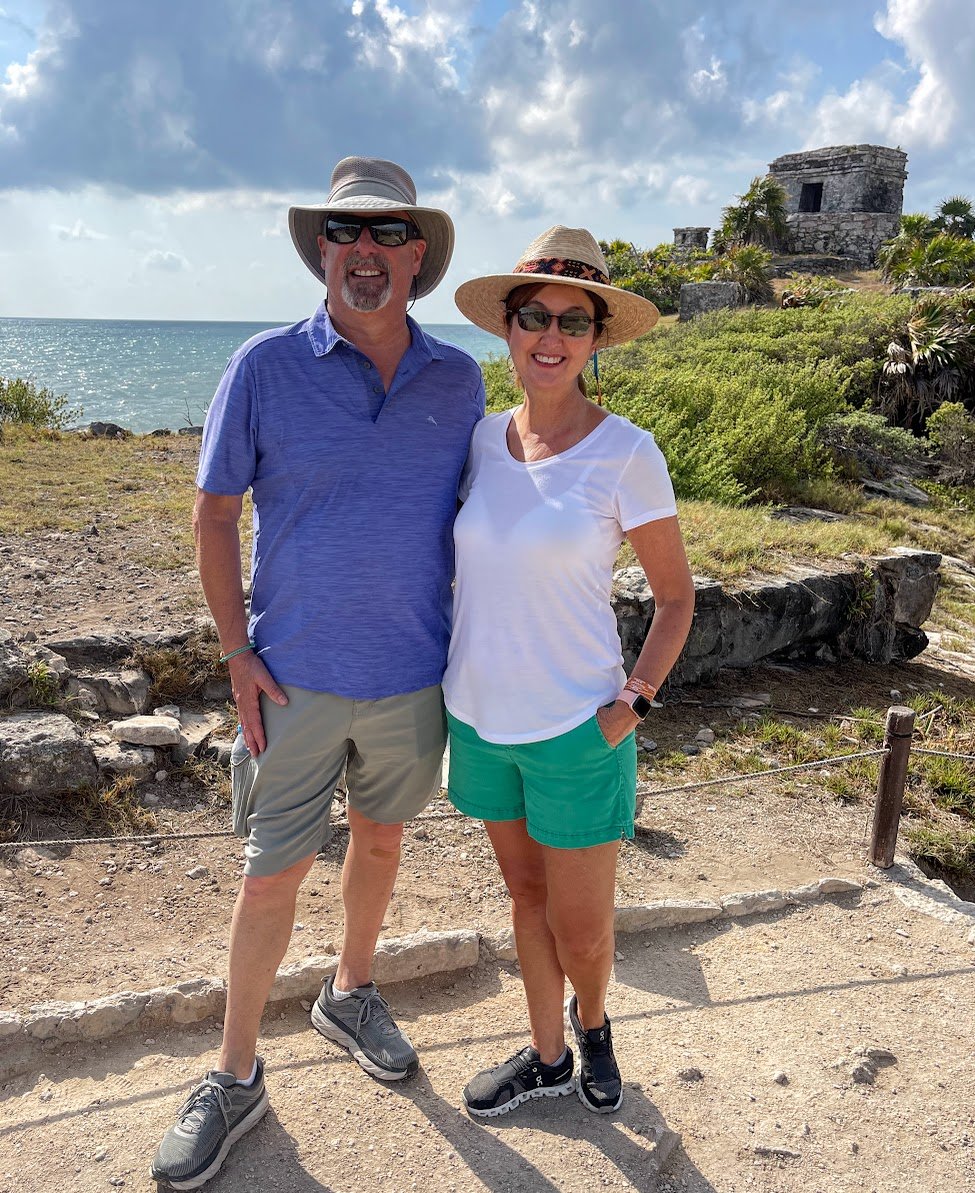

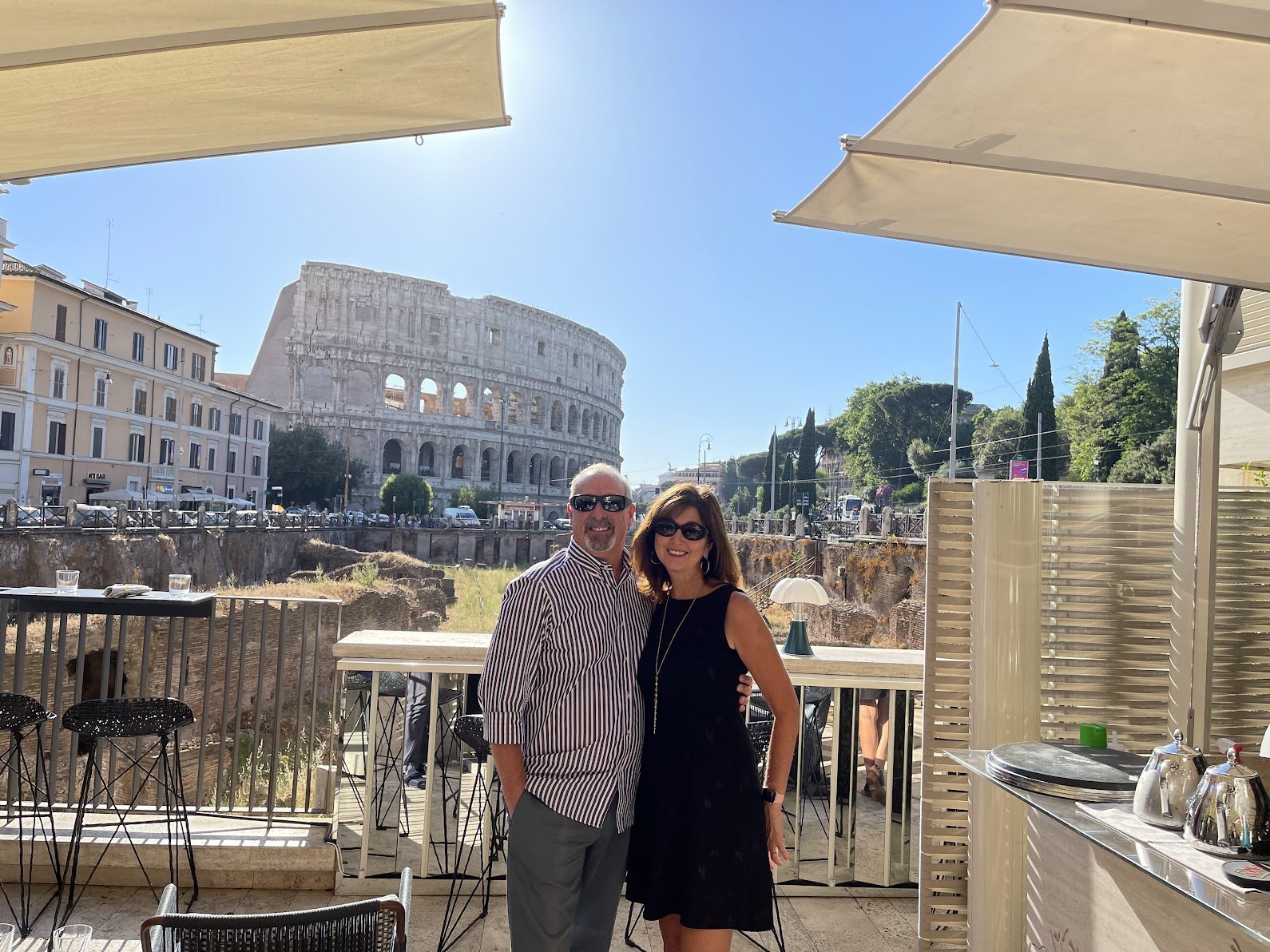
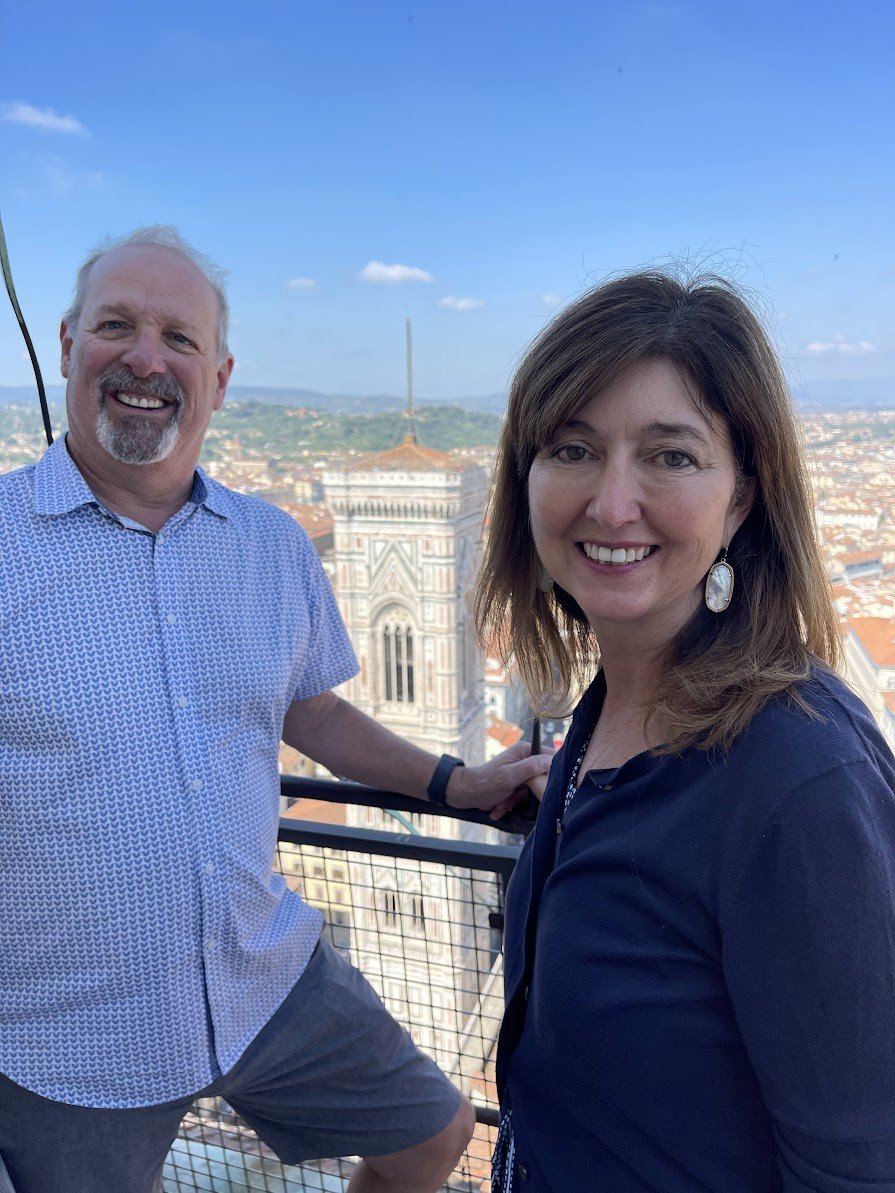
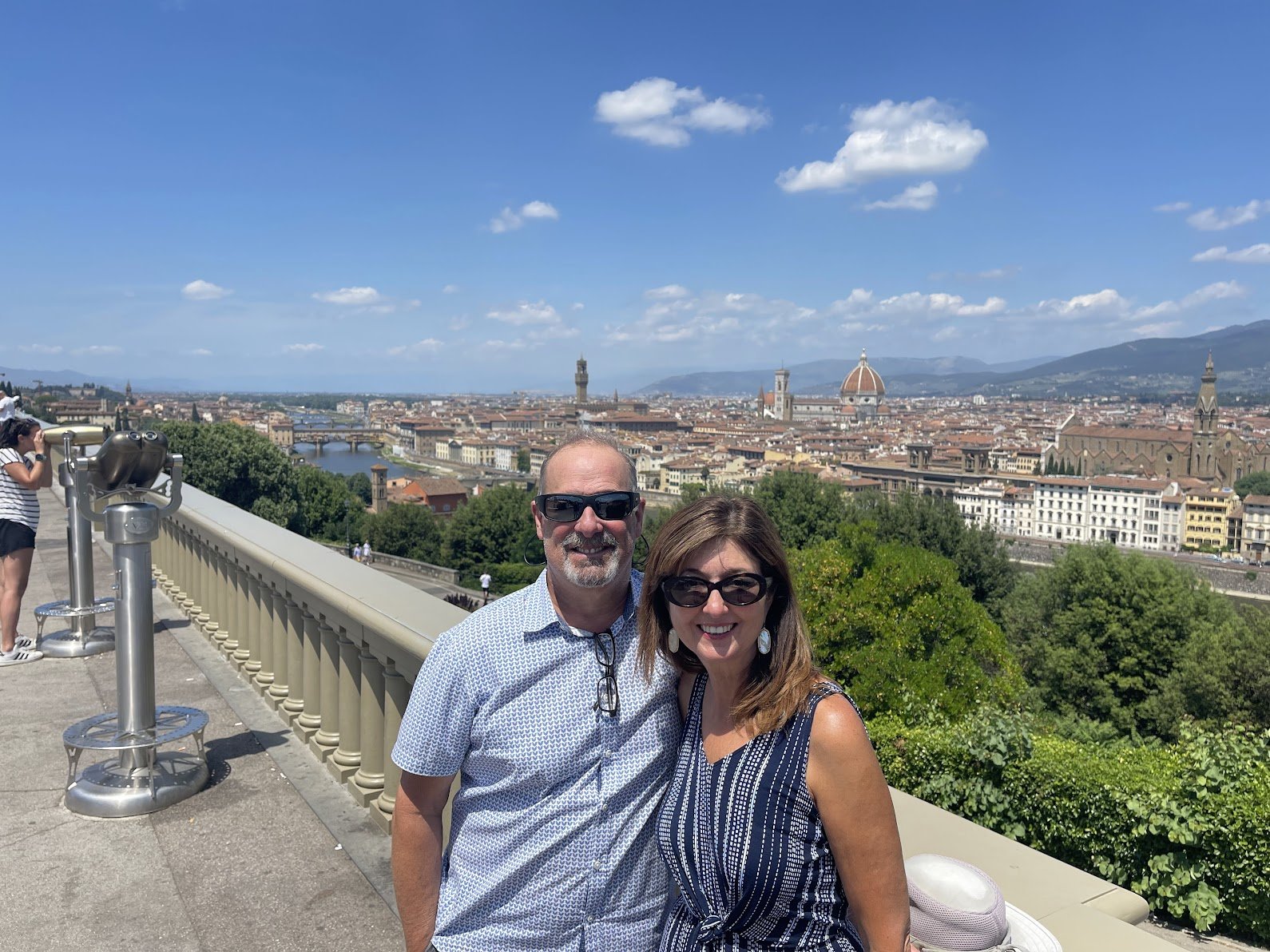
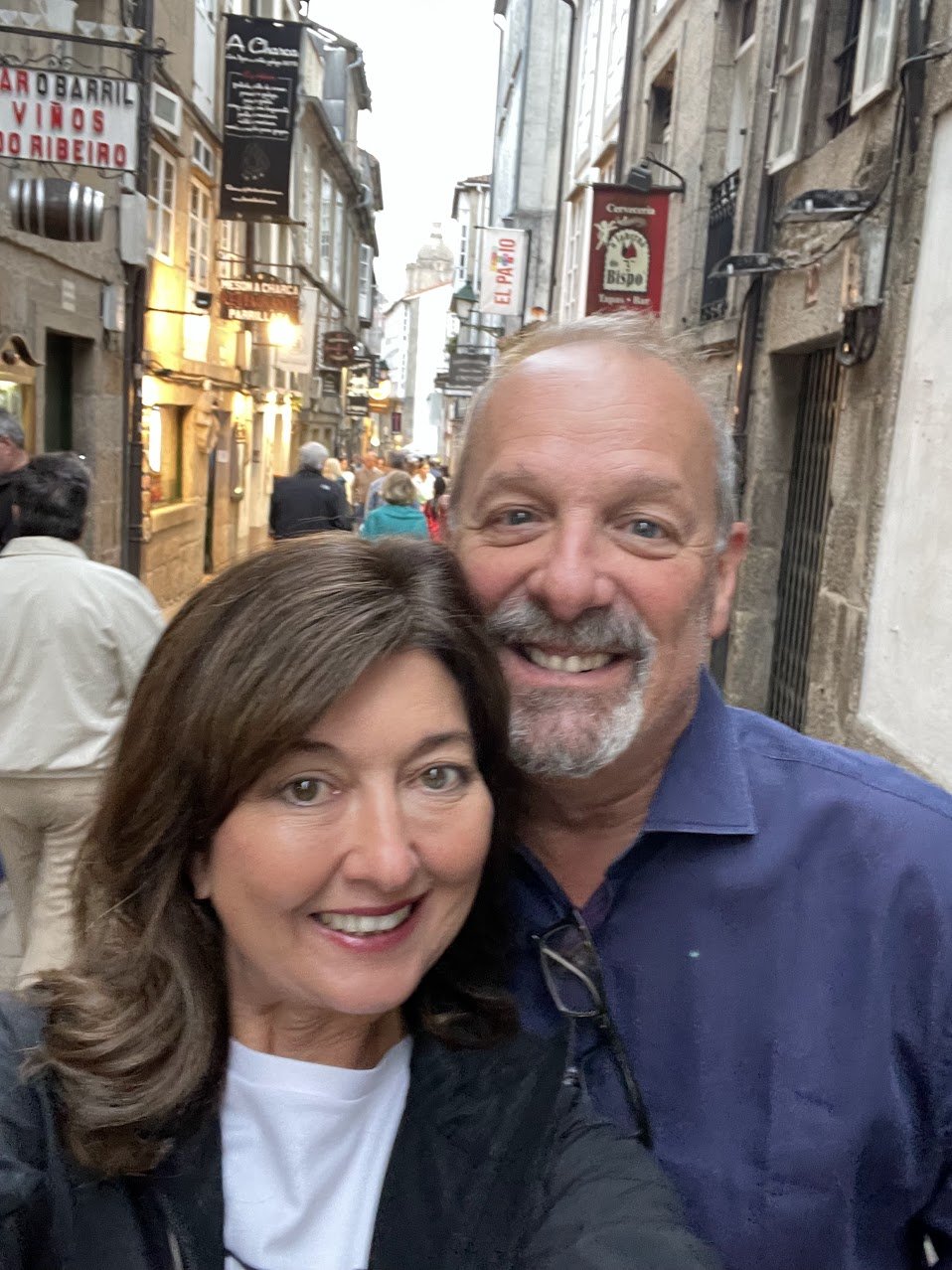
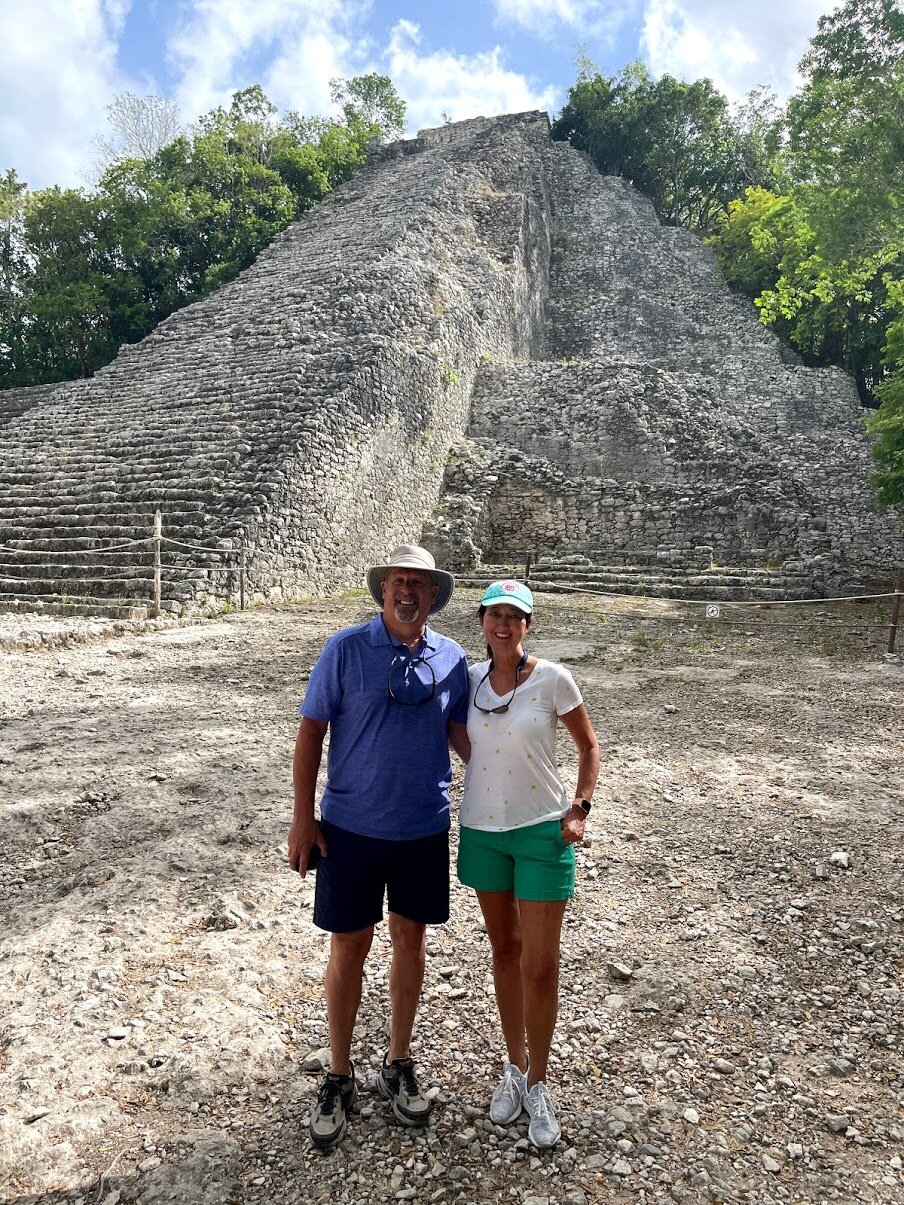
This post explores some of the fascinating historical sites in and around Santa Fe.